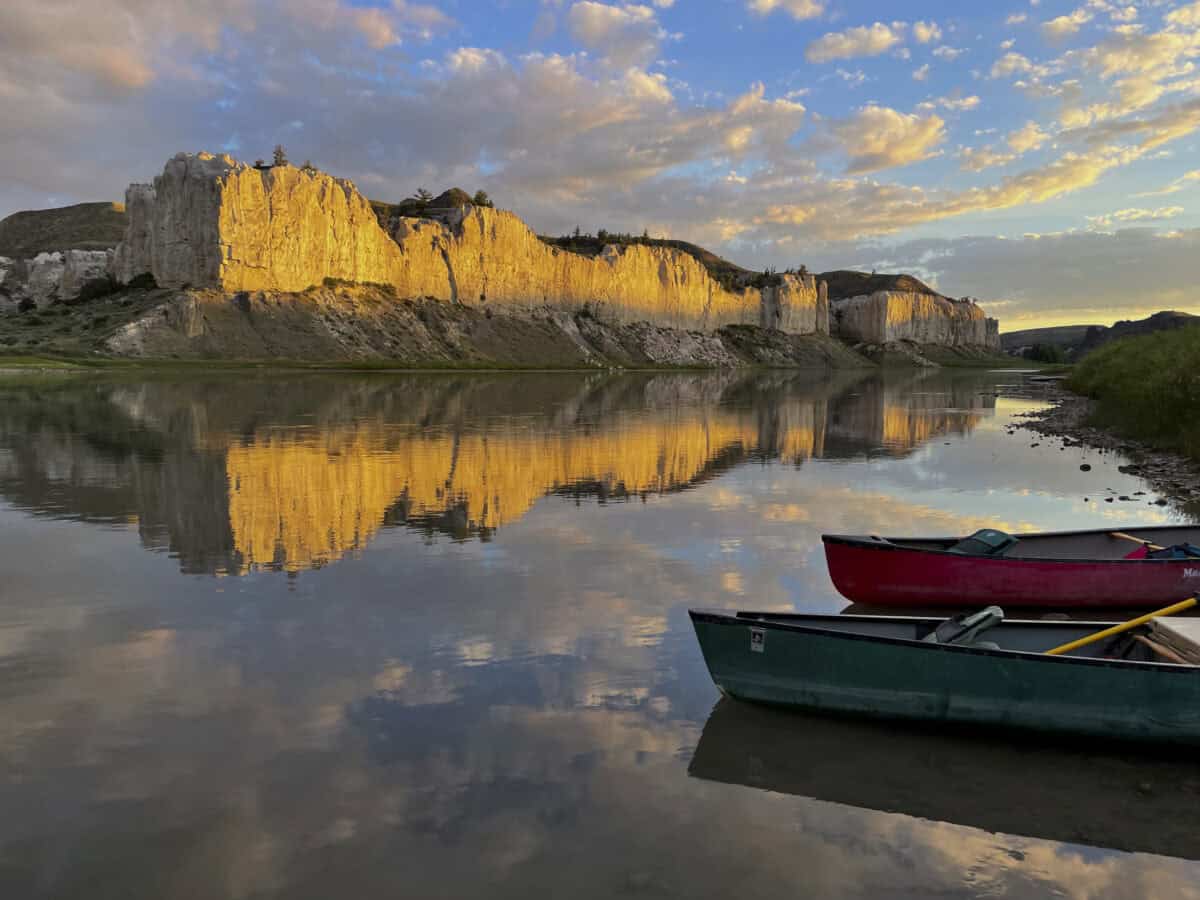The Missouri River, a vital artery stretching over 2,300 miles across the United States, has been a source of life, trade, and culture for centuries. Yet, today, this mighty river faces a looming crisis that could affect millions of Americans. As climate change, agricultural runoff, and population growth continue to strain its waters, the question arises: Is the Missouri River the next water crisis?
The Missouri River: A Brief Overview
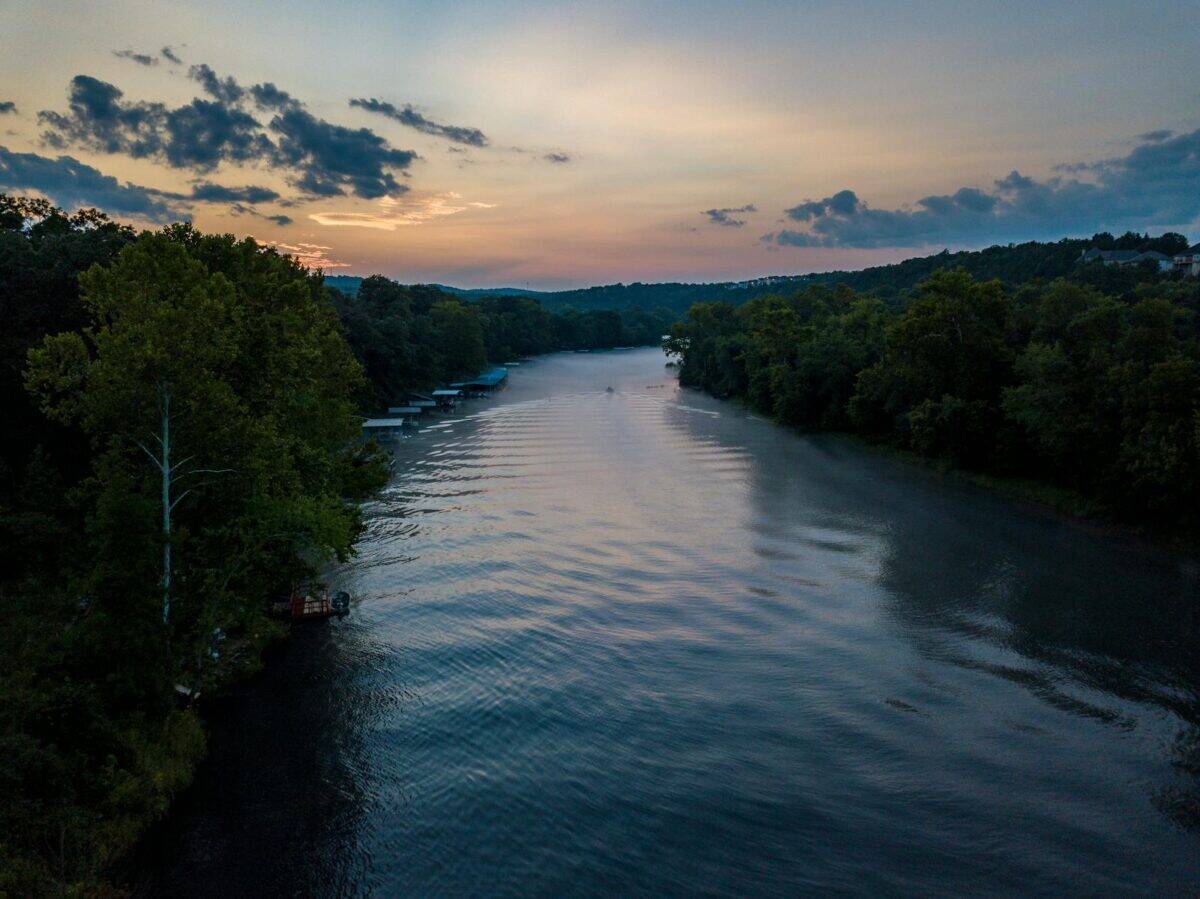
The Missouri River is the longest river in North America, originating in the Rocky Mountains of western Montana and winding its way southeast to join the Mississippi River near St. Louis, Missouri. It traverses or forms part of the border of ten U.S. states, making it a critical resource for drinking water, agriculture, and industry.
Historical Significance of the Missouri River
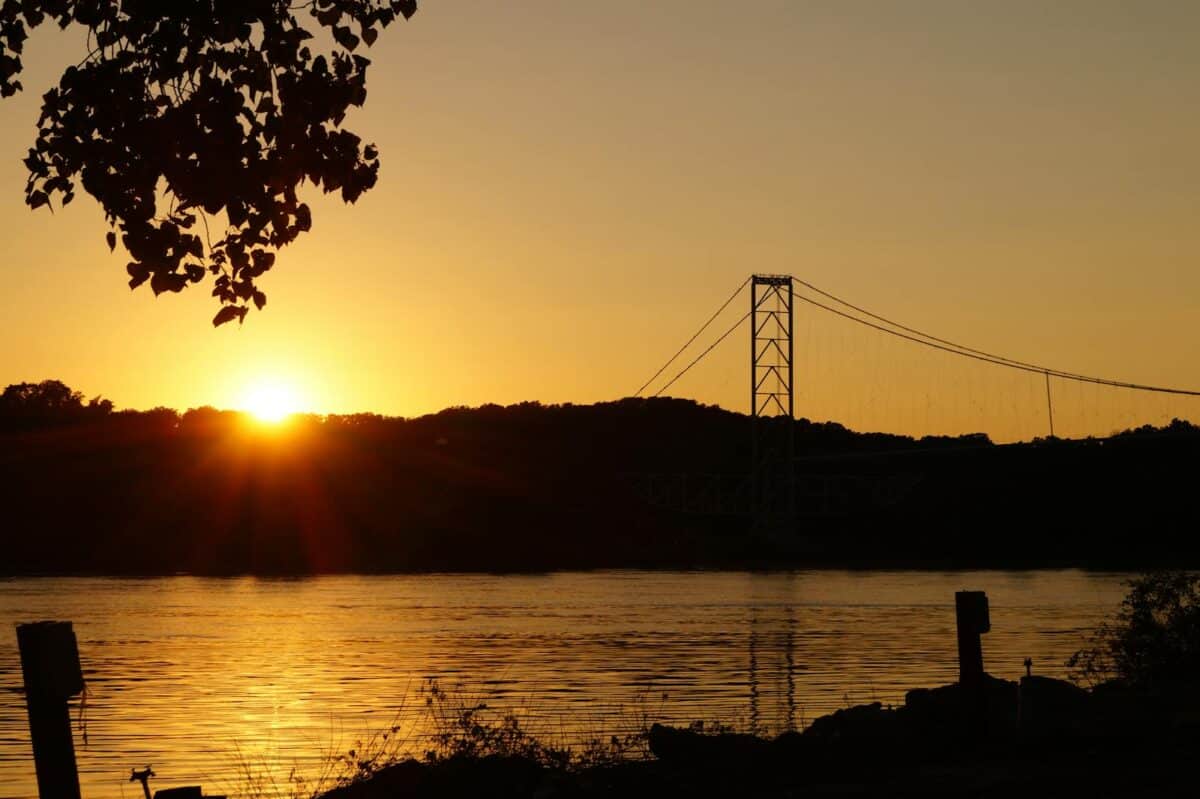
Historically, the Missouri River was a major route for exploration and migration. It played a crucial role during the Lewis and Clark Expedition and was integral to Native American cultures long before European settlers arrived. Its waters have powered economic development and fostered biodiversity in the region.
Current State of the Missouri River
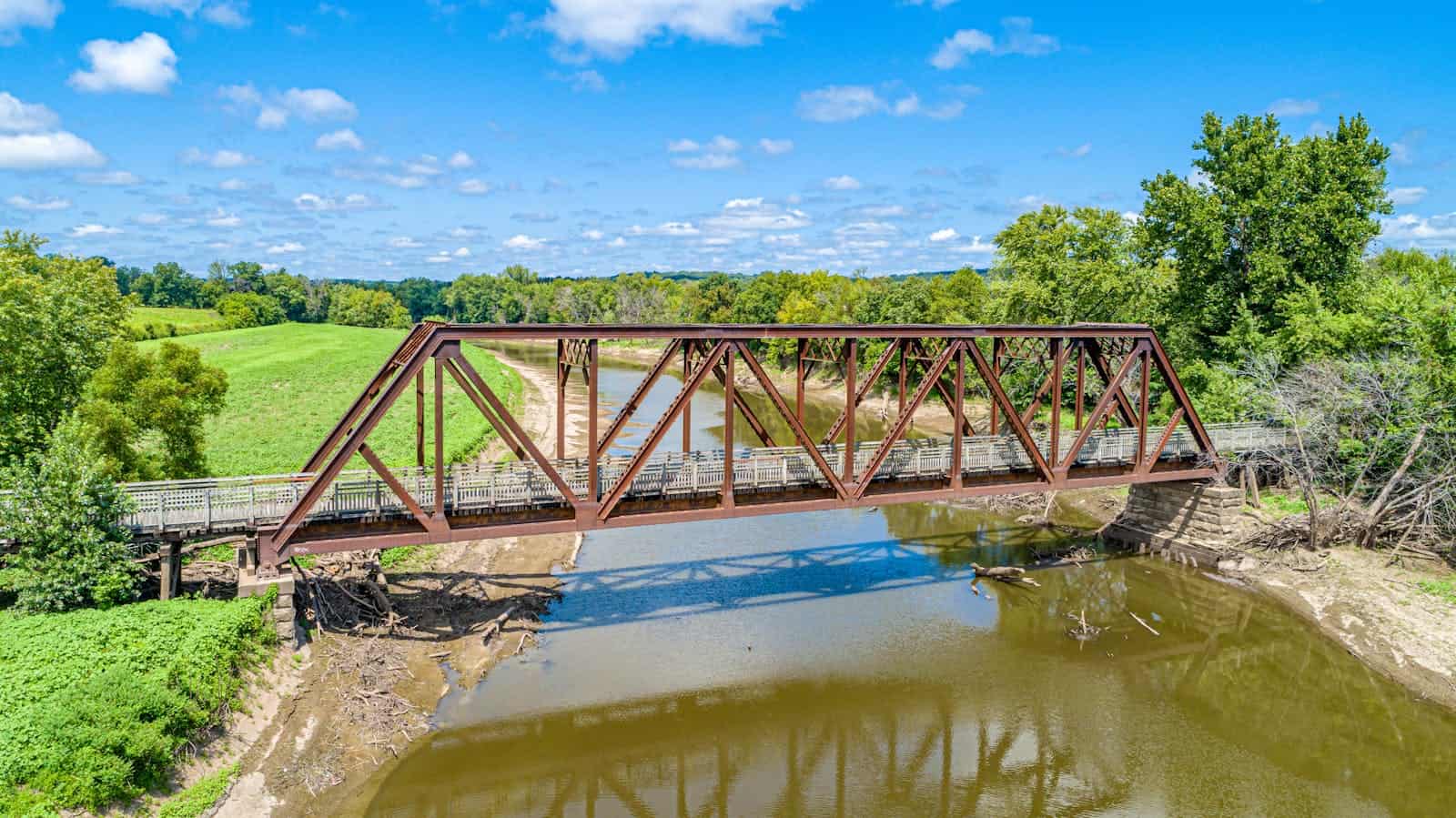
Today, the Missouri River faces multiple challenges. Although it serves as a source of drinking water for millions, issues such as contamination from agricultural runoff, industrial pollution, and urban development have compromised its quality. These factors, combined with changes in flow regime due to dam operation, are putting immense pressure on the river’s ecosystems.
Impact of Climate Change

Climate change is causing noticeable shifts in the Missouri River’s hydrology. Warmer temperatures lead to altered precipitation patterns, resulting in more frequent and severe droughts and floods. These changes can exacerbate water scarcity and impact water availability for communities reliant on the river.
Agricultural Demands and Runoff

The Missouri River basin is a major agricultural hub, with vast stretches of farmland reliant on its waters. The demand for irrigation is increasing, leading to more withdrawals. Furthermore, runoff from fertilizers and pesticides used in farming aggravates water quality issues, contributing to nutrient pollution and harmful algal blooms.
Urbanization and Population Growth
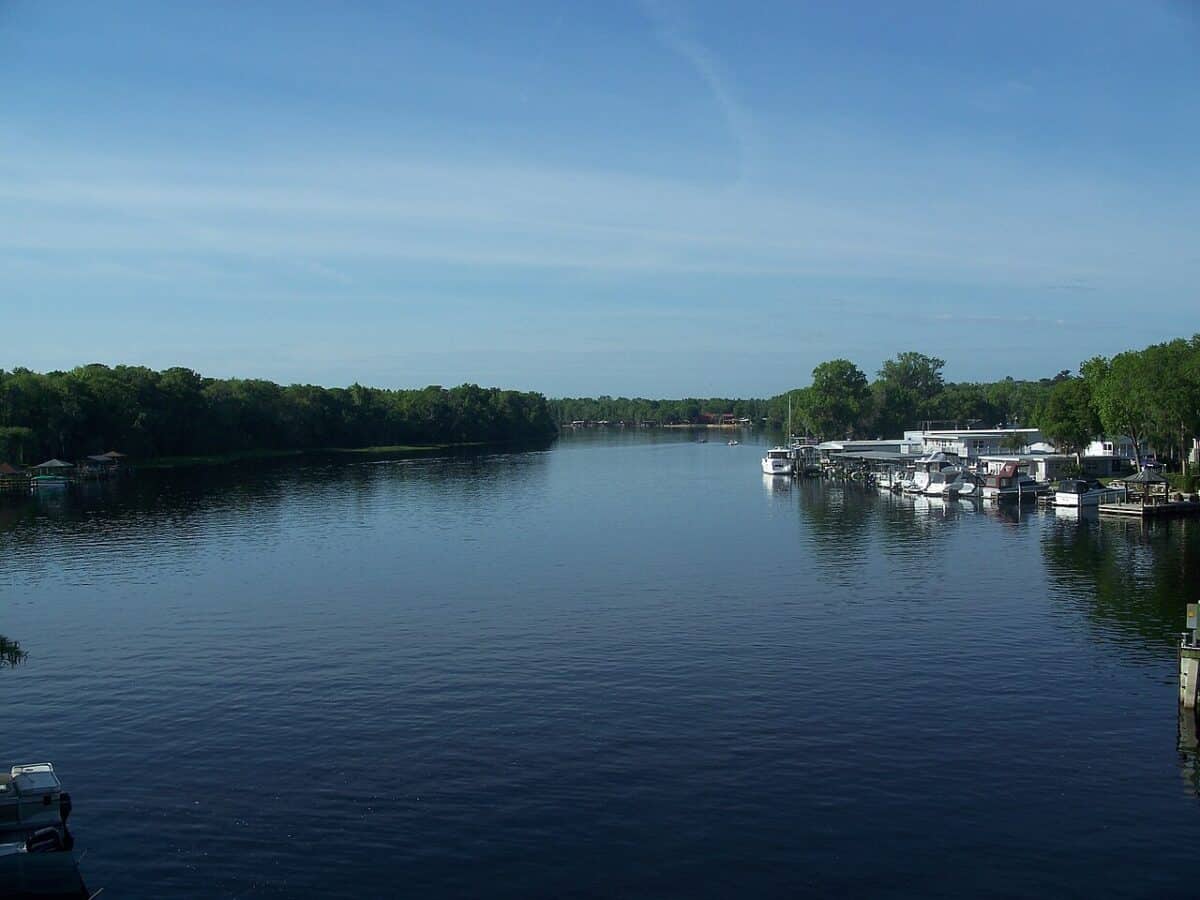
As urban areas along the Missouri River expand, the demand for water resources grows. Cities depend on the river for drinking water and waste disposal, which can strain its capacity. Increased urban runoff can also introduce pollutants like heavy metals and organic contaminants into the water supply.
Industrial Pollution
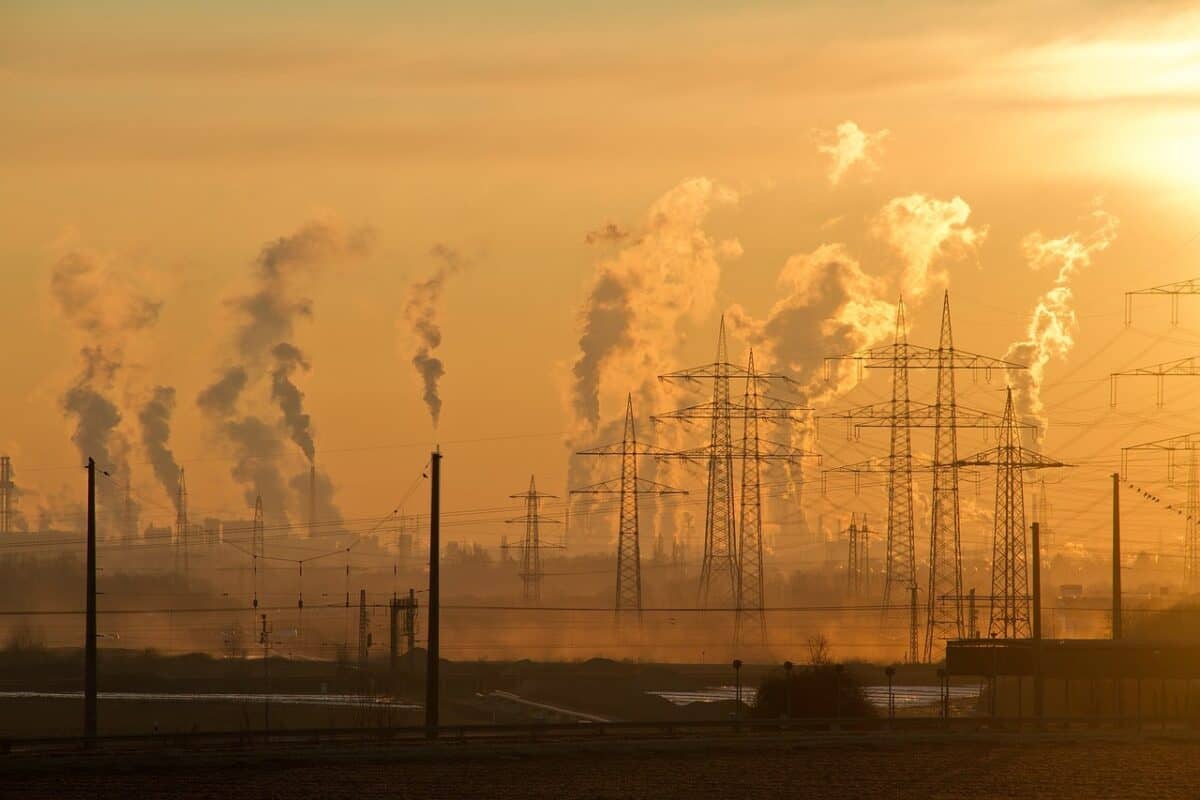
Industries situated along the river contribute to pollution through discharges that may contain chemicals, heavy metals, and other hazardous substances. While regulations exist to control industrial emissions, enforcement can be inconsistent, leading to potential contamination of the river.
Conservation Efforts and Challenges

Efforts to preserve the Missouri River and its ecosystems involve both governmental and non-governmental organizations. Conservation initiatives aim to improve water quality, restore habitats, and manage resources sustainably. However, challenges such as funding constraints, competing interests, and political obstacles can hinder progress.
The Role of the Army Corps of Engineers

The U.S. Army Corps of Engineers plays a pivotal role in managing the Missouri River’s flow and infrastructure. Their responsibilities include navigation, flood control, and maintaining reservoirs. Balancing these duties while addressing environmental and social needs remains a complex task.
Community Involvement and Education
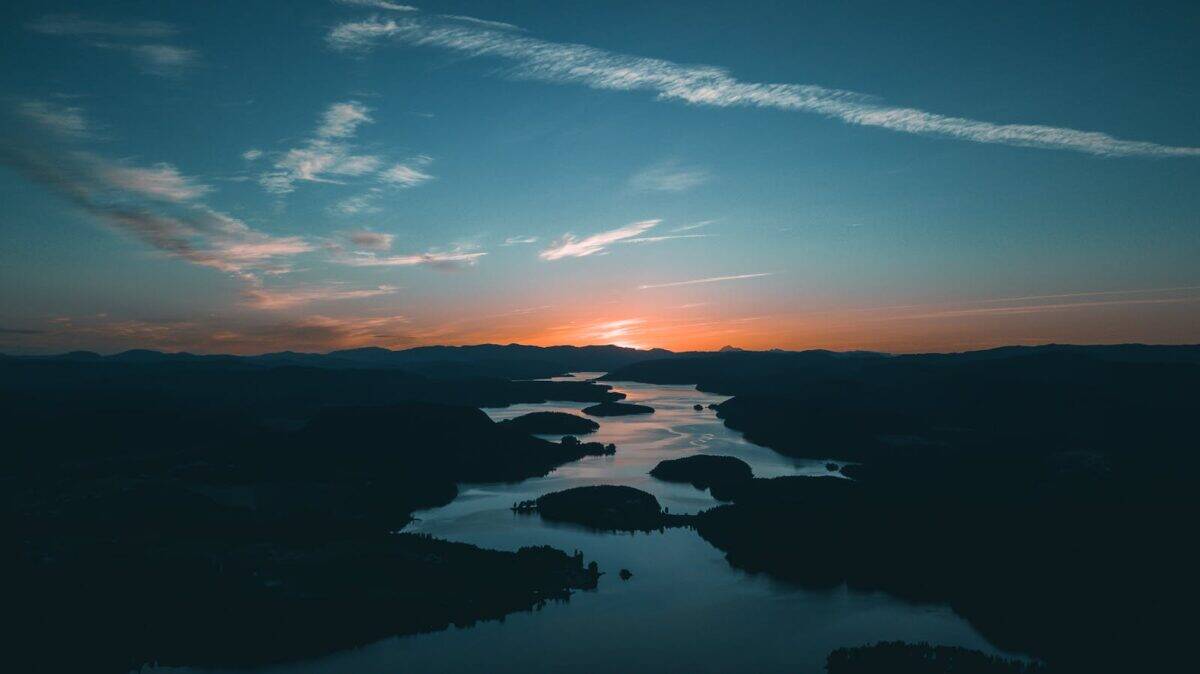
Community engagement is crucial in addressing the Missouri River’s potential crisis. Local initiatives focusing on education and advocacy empower citizens to make informed decisions about resource use and conservation. Grassroots movements can also influence policy changes necessary for sustainable management.
Sustainable Water Management Solutions
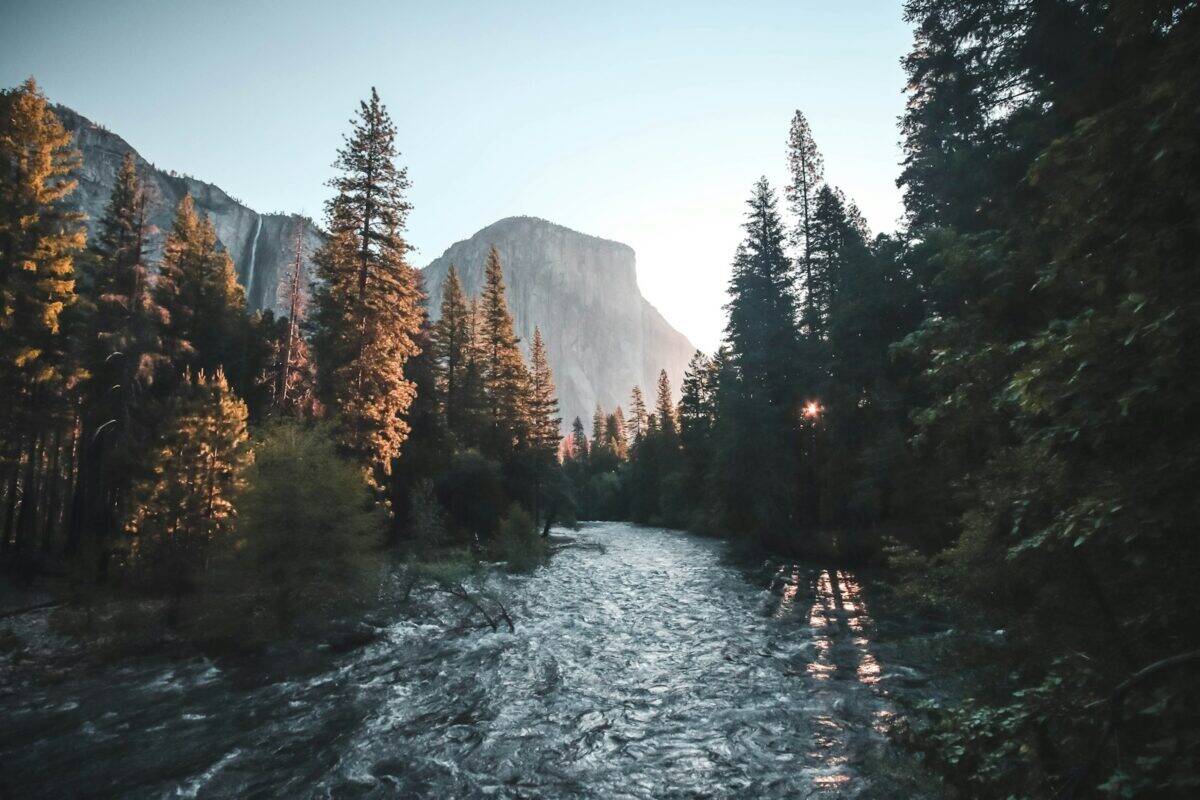
Innovative solutions are being explored to manage the Missouri River’s resources sustainably. These include implementing modern irrigation techniques, promoting water-efficient practices, and investing in green infrastructure to reduce pollution. Additionally, improving wastewater treatment facilities can enhance the river’s water quality.
Future Outlook: Preventing a Crisis
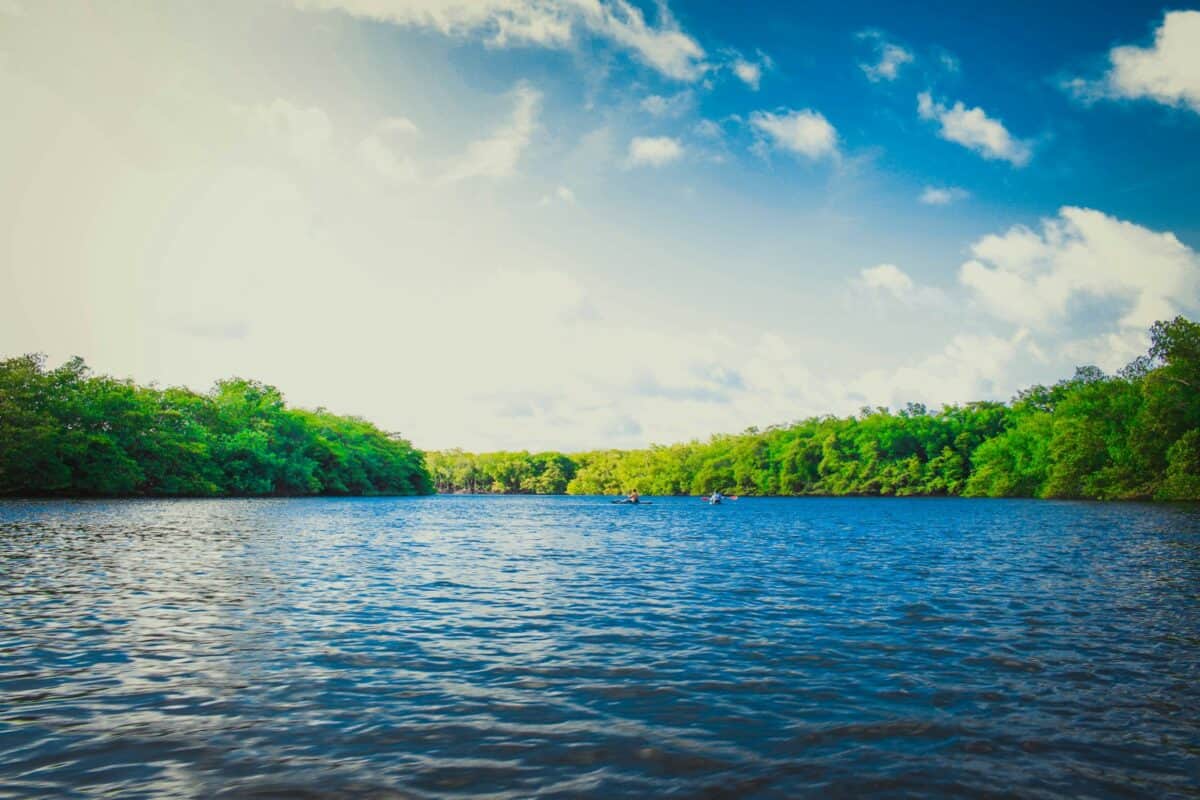
Preventing a full-blown water crisis on the Missouri River will require coordinated efforts among government entities, local communities, industries, and environmental organizations. By prioritizing sustainable resource management, reducing pollution, and adapting to climate change impacts, stakeholders can ensure the river remains a lifeline for future generations.
To conclude, while the Missouri River is not yet in a crisis, the potential for significant challenges is undeniable. It serves as both a warning and an opportunity for proactive measures. Through collaboration, innovation, and commitment to sustainability, it is possible to secure a future where the Missouri River continues to support life and prosperity in the region for many years to come.
- The Most Mysterious Deep-Sea Creatures Found in US Waters - August 16, 2025
- Orcas vs. Seals: How They Hunt in Icy Waters - August 16, 2025
- How Accurate Are Pet Antics in Animated Movies? - August 16, 2025

